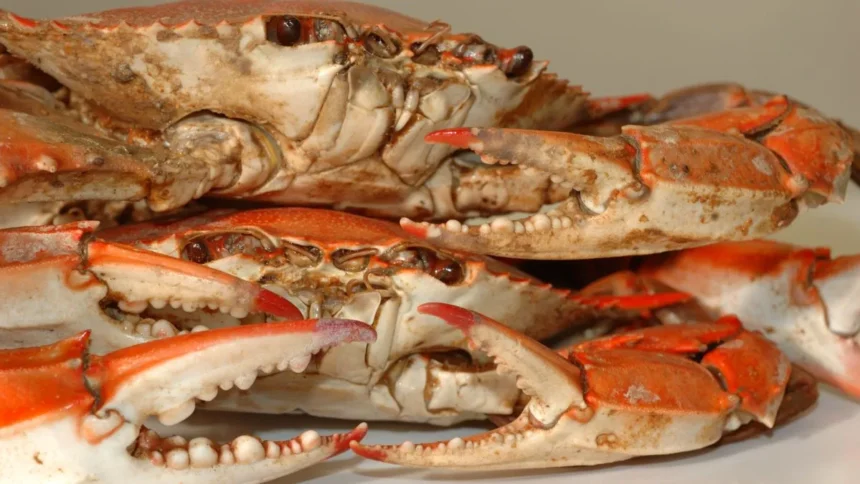Maryland is renowned for its rich seafood culture, particularly its blue crabs, oysters, and rockfish. While these delicacies are celebrated for their flavor and culinary versatility, they also pose certain health risks, particularly food poisoning. This article explores the various factors contributing to seafood-related illnesses in Maryland, offering insights into prevention and safety measures to ensure a safe dining experience.
Understanding Food Poisoning in Seafood
Food poisoning occurs when individuals consume contaminated food, leading to gastrointestinal issues and other symptoms. Seafood can become contaminated through various pathways, including:
- Bacterial Contamination: Vibrio, Salmonella, and Listeria are common bacteria associated with seafood. Vibrio, in particular, thrives in warm coastal waters and is often linked to raw or undercooked shellfish, especially oysters.
- Environmental Contaminants: Heavy metals, toxins, and pollutants from water sources can accumulate in seafood. Mercury and polychlorinated biphenyls (PCBs) are common concerns, particularly in larger fish species.
- Improper Handling and Storage: Food poisoning can also stem from improper handling, such as inadequate cooking temperatures or cross-contamination in kitchens.
Specific Risks Associated with Maryland Seafood
- Oysters: Maryland’s Chesapeake Bay is famous for its oysters, which are often served raw. However, raw oysters can harbor Vibrio bacteria, which can cause severe illness in vulnerable populations, such as those with weakened immune systems.
- Crabs: Blue crabs are a staple in Maryland cuisine, but improper cooking or storage can lead to foodborne illness. It is crucial to ensure that crabs are cooked to an internal temperature of 145°F to kill harmful bacteria.
- Rockfish: While popular in many dishes, rockfish can accumulate environmental toxins like mercury, which poses a risk to pregnant women and children. The Maryland Department of Health provides guidelines on safe consumption levels.
Symptoms of Seafood Food Poisoning
Food poisoning symptoms can vary depending on the contaminant but often include:
- Nausea and vomiting
- Diarrhea
- Abdominal cramps
- Fever
- Chills
In severe cases, food poisoning can lead to hospitalization or long-term health issues. Therefore, recognizing these symptoms is crucial for timely medical intervention.
Prevention Strategies
- Education and Awareness: Educating consumers about the risks associated with Maryland seafood and safe cooking practices is essential. Understanding proper food handling can significantly reduce the likelihood of food poisoning.
- Purchasing Seafood Safely: When buying seafood, opt for reputable sources. Look for establishments that adhere to safety guidelines, and avoid purchasing seafood from questionable vendors.
- Cooking and Storage: Always cook seafood to the recommended temperatures, and store it properly to prevent bacterial growth. Refrigerate seafood promptly and ensure it is cooked thoroughly before consumption.
- Regulatory Oversight: The Maryland Department of Health and the Maryland Department of Natural Resources work together to monitor seafood safety. Staying informed about health advisories and warnings can help consumers make safe choices.
Conclusion
Maryland’s seafood delicacies offer a unique and flavorful culinary experience, but it is essential to remain vigilant about food poisoning risks. By understanding the potential hazards associated with seafood and implementing proper safety measures, consumers can enjoy Maryland’s rich seafood culture without compromising their health.
Get more info : https://www.timelinetale.com/


